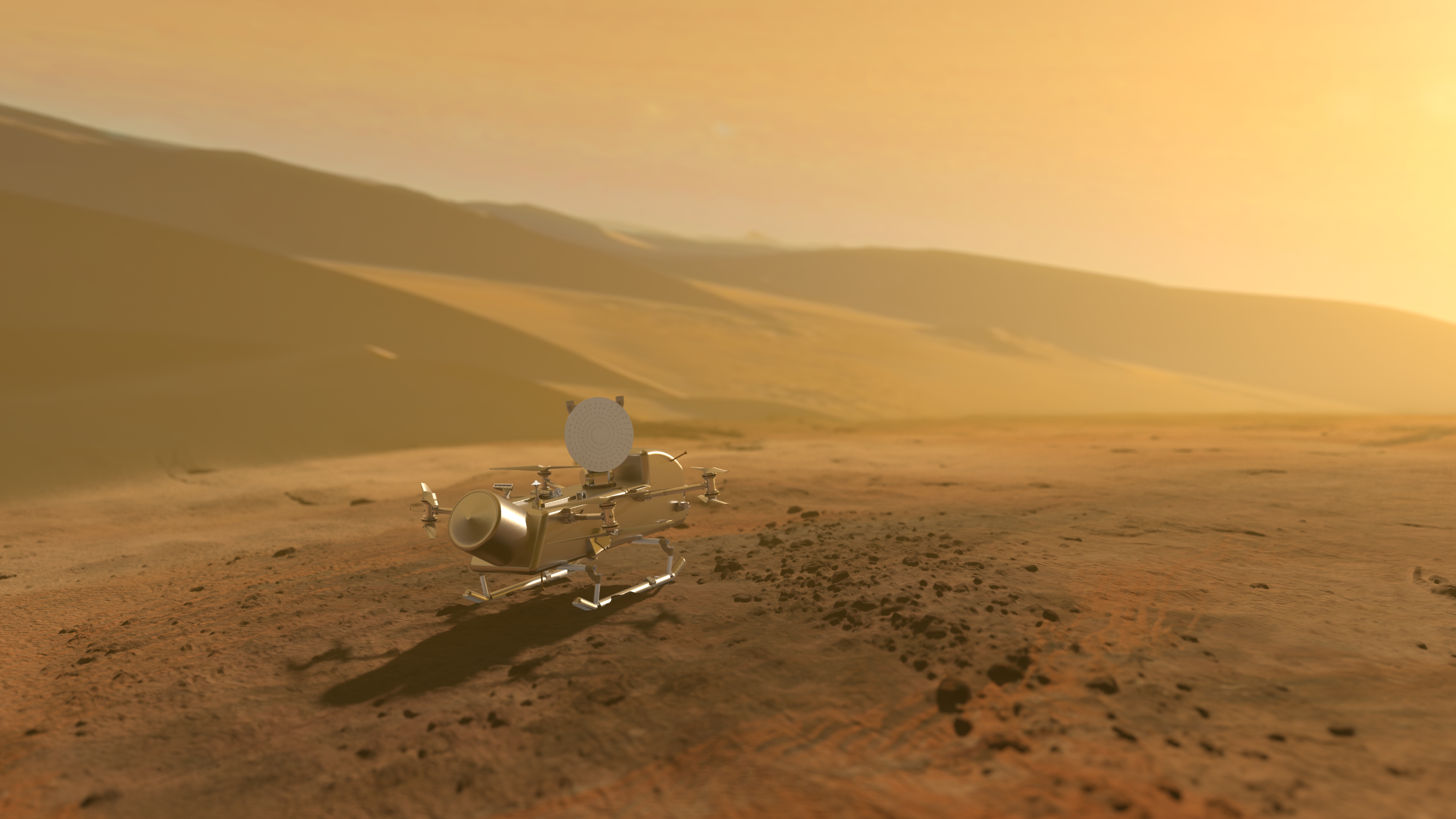3 min read
Cassini Significant Event Report
For Week Ending 12/20/00
The most recent spacecraft telemetry was acquired from the Madrid tracking
station on Wednesday, December 20. Telemetry obtained from the
spacecraft on Sunday, December 17, indicated that on Friday, December 15,
at about 5:00 PM Pacific Time, during the Cassini Plasma Spectrometer
(CAPS) Hubble Space Telescope (HST) activity #3, the spacecraft
transitioned out of Reaction Wheel (RWA) control mode and into Reaction
Control Subsystem (RCS) mode due to an unusually high level of friction
seen in reaction wheel #2. From that time onwards, the CAPS HST #3 activity as
well as the Optical Remote Sensing (ORS) block #4 (Jupiter North / South
map and IO eclipse) activities were performed under RCS control.
Commands were sent to turn the reaction wheels on and spin them up to 308 rpm,
but not to transition to RWA control. Wheel #2 again exhibited a high level of
friction up to about 50 rpm. The wheels were turned off and allowed to
spin down, and the sequence was allowed to continue in RCS control mode. The speed of the spacecraft can be viewed on the "Where is Cassini Now?" web page.
The Imaging Science Subsystem (ISS) and Visual and Infrared Mapping
Spectrometer (VIMS) Instrument Expanded Block (IEB) loads were uplinked as
planned and all planned activities executed as scheduled.
On Monday, the AACS team presented their analysis of what happened with
respect to the RWA anomaly. It was decided to terminate the C23 background
sequence due to the excessive use of hydrazine required to support RCS
control, and the need for some time to do diagnostic tests to characterize
the RWA problem. On Tuesday morning, C23 was deactivated, but with the
program remaining on board, the spacecraft was placed on Earth point, and
a second RWA friction test was performed. A preliminary analysis of the
results from this test do not show any further signs of increased friction
levels, but further analysis and characterization activities are planned
before consideration of resuming the science sequence. All instruments
are currently in a safe configuration and the flight team is working to
resolve this issue.
Instrument Operations (IO) and the Multi Mission Image Processing
Laboratory (MIPL) produced and delivered 1583 ISS images and 1213 VIMS
cubes this week, bringing the totals for Jupiter Encounter to date up to
14612 images and 1328 cubes.
A Rings Working Group teleconference was held this week by Science
Planning. Discussion centered on plans for ring observations during the
tour in support of development of the Science Operations Plan.
Development continues for the Cruise 24 and 25 sequences. The draft
version of the C24 Preliminary Sequence Integration & Validation (PSIV)
package has been distributed for review. The PSIV meeting will be held on
January 2 after the holidays. Stripped subsequences for C25 were released
for the Sequence Virtual Team (SVT) to populate with commands.
Additional information about Cassini-Huygens is online at http://saturn.jpl.nasa.gov.
Cassini will begin orbiting Saturn on July 1, 2004, and release its piggybacked Huygens probe about six months later for descent through the thick atmosphere of the moon Titan. Cassini is a cooperative project of NASA, the European Space Agency and the Italian Space Agency. The Jet Propulsion Laboratory, a division of the California Institute of Technology in Pasadena, Calif., manages the Cassini mission for NASA's Office of Space Science, Washington, D.C.
Media Relations Office
Jet Propulsion Laboratory
California Institute of
Technology
National Aeronautics and Space
Administration
Pasadena, Calif. 91109.
Telephone (818) 354-5011







